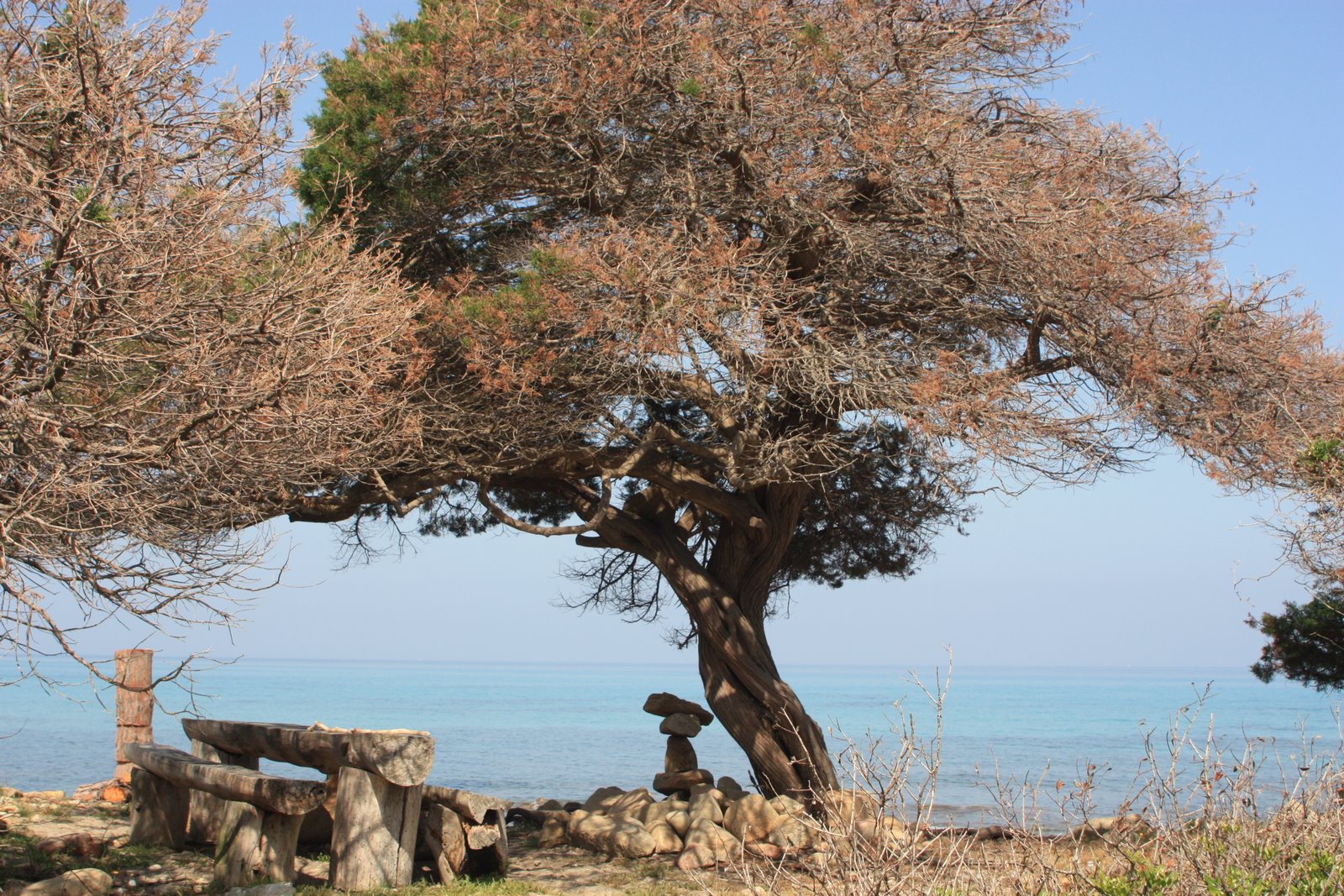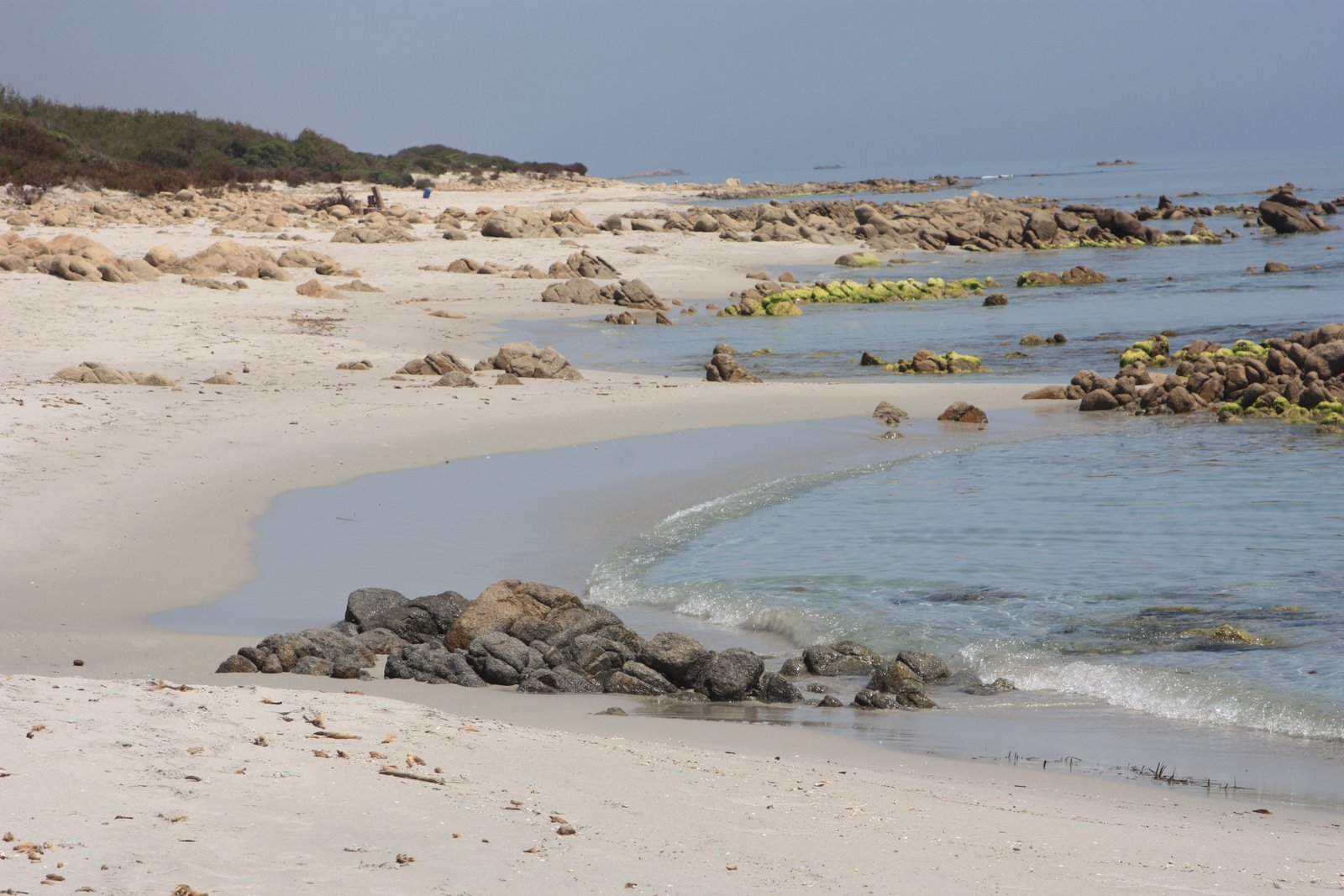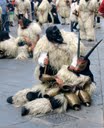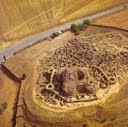The B&B is located 5 kms from downtown Nuoro, follow the signs for Monte Ortobene, follow the road for 5 kms, then you will see signs of the B&B and you will turn left onto the road.
The B&B is :
100 kms from Olbia
180 kms from Cagliari
135 kms from Alghero
82 kms from Oristano
120 kms from Sassari
157 kms from Santa Teresa di Gallura
By plane from the main European airports landing at the airports of Alghero, Cagliari, Olbia and Tortolì. For more information visit:
MERIDIANA www.meridiana.it
RYANAIR www.ryanair.com
EASYJET www.easyjet.com
AIRONE www.flyairone.it
TRANSAVIA www.tranasavia.com
ALITALIA www.alitalia.it
AIR France www.airfrance.fr
By ferry, Sea transports are assured by different companies with daily departures from Genova, Livorno, Civitavecchia, Napoli, Palermo, Tolone, landing in Olbia, Porto Torres or Cagliari. For more information about the commercial harbours visit the sites
TIRRENIA www.tirrenia.it
MOBY LINES www.mobylines.it
GRIMALDI www.grimaldi.it
Linea dei golfi www.lineadeigolfi.it
SARDINIA FERRIES www.sardiniaferries.com
CORSICA FERRIES www.corsicaferries.com
Along the west and the east coast there are some tourist and equipped ports, which assured services to the growing naval tourism: Punta Aldia, Ottiolu, La Caletta, Cala Gonone, Santa Maria Navarrese, Arbatax, Bosa.
Nuoro
The town of Nuoro is situated on a granitic plateau, surrounded by the Monte Ortobene and the deep valleys of Badde Manna, Su Grumene and Marreri.
It has always been in relation with the Monte Ortobene,
since the original village was founded on the mountain. The witnesses of the human presence in the area are have been found in the Neolithic tombs
called domus de janas (houses of the fairies),
at the foot of the Monte Ortobene, and in several nuraghes that surround the present town.
Today Nuoro is the chief town of the Province with a population of about 37000 inhabitants.
The territory called “Nuorese” is hilly and mountainous and its environment is still unpolluted, with oak-tree forests and Mediterranean bush woods,
wild limestone mountains - the plateau of Supramonte - and an enchanting coastline. Nuoro gave birth to some of the most important Sardinian artists.
In the historical centre you can find some interesting monuments, as piazza Sebastiano Satta, a monumental square dedicated to the most famous local poet and
planned by the sculptor Costantino Nivola.
You shouldn’t miss the Museum of Folk Traditions,
with a permanent exhibition of traditional costumes from the most important villages and towns of Sardinia and traditional jewels, bread, sweets and carpets.
A new section is dedicated to the Barbagia’s Carnival with the traditional masks.
You must visit the Museum of Grazia Deledda, where the Nobel Prize winner for literature (1926) lived, and the MAN, Museum of Modern and Contemporary
Art where you can find a permanent exhibition of Sardinian art of the nineteenth and twentieth centuries, and temporary exhibitions of graphic arts, design, video-art and photography.
Monte Ortobene
The Monte Ortobene, lovingly called “ the mountain” by the inhabitants of Nuoro, is not a high relief, since its highest peak is Cuccuru Nigheddu (934 m).
But thanks to its position it is a fascinating panoramic terrace from which you can enjoy a wonderful view over the mountains and the deep valleys of the Barbagia area.
It is a natural park characterised by a granitic base, which has been forged by the atmospheric agents forming a variety of marvellous peaks, hollows, terraces, deep gorges.
In the valley of Valverde and in the hollow of Borbore there is a holm-oak and oak wood, while a kind of degradated oak-tree forest grows, which is periodically cut,
in the areas of Farcana, Milianu, Mamudinu and Isterulotta. During the 50’s and 60’s, in some areas of the mountain, a pine reforestation was set in place.
Going down to the valleys strawberry trees, junipers, cork trees, wild olive trees and lentisks are found. As for the flowers we point out the presence of 18 species of wild orchis.
The Ortobene is well known for the presence of numerous and rare species of mushrooms. Not so long ago this mountain was rich in fauna: there used to be voltures, deers and mouflons,
as the names of some places suggest. But still today the mountain is populated by a lot of wild animals: eagles,
hawks, kestrels, but also barred woodpecker, jays, wild boars, fox, weasels, martens, Sardinian hares and Sardinian partridges.
Beaches
If you love lying on sandy and unspoiled beaches and diving into turquoise and emerald waters, Sardinia is the right place to visit,
because it still keeps the best shores in Europe. Nuoro is just 40 minutes far from the beautiful seaside of the East coast,
Cala Gonone and the magnificent Gulf of Orosei, from where you can tour the coast by boat and visit some of the most famous seaspots of the island:
Cala Luna, Cala Goloritzè, Cala Mariolu, ecc.
Some of the beaches are reachable on foot through hiking paths.
Archaeology
Everybody knows that Sardinia is a real open air museum thanks to the high number of archaeological sites dating back to the Neolithic (6000 B.C.)
and Nuraghic time (2000-900 B.C.): giant’s tombs, nuraghes, sacred wells, temples. In the territory of Nuoro there are lots of traces of human pre-historical settlements.
At the foot of the Ortobene mountain there are the interesting Neolithic tombs called domus de Janas (“fair’s houses ”). Just inside the town you can visit some Nuraghes
(tall and imposing stone towers typical of Sardinia) and many others in the town’s territory, which witness the presence of several Nuraghic tribes.
The area was important because from here they could control the way from the north to the south of the island. The most important archaeological site in the territory of Nuoro
is the Nuraghic village of Noddùle (signpost at the km 15 along the road Nuoro-Orune): there are the ruins of a big village, of a trifoiled nuraghe, of a very huge “meeting hut” in excellent conditions. There is also a very interesting sacred well, which was built with trachytic stones.
Besides, you shouldn’t miss:
From 1st to 10th May – Saint Francis Feast in the sanctuary of Lula, one of the oldest feasts of Sardinia.
15th August – Assumption in Orgosolo with a traditional costume parade and horse races.
Last Sunday of August before the 29th – Su Redentore Feast in Nuoro, one of the most important in Sardinia, with a fascinating parade of traditional costumes coming from all over the island, and the biggest Sardinia Folklore Festival, with traditional dances and songs.
September and October – Meeting called “Automn in Barbagia”: every community of Barbagia shows its local handmade products, gastronomic traditions, monuments, archaeological sites.
For more information visit :
www.sutempiesu.it, www.digitallibrary.it, www.archeologiasarda.it, www.sardegnacultura.it, www.sardegnaturismo.it,
www.sardegnaambiente.it
Traditional feasts
Sardinia is also called “the island of feasts”, because every month of the year has its own peculiar festivity. Generally the feasts have their roots in pagan rites,
dating back to prehistorical celebrations, mostly dedicated to the fertility cult. The first feast of the year is dedicated to Saint Antony (16th-17th January),
an ancestral rite centred on bonfires made of big trunks and lentisk/rosemary branches, during which the communities meet and exchange their hopes for
the coming season and taste the just born wine for the first time. In some villages of the Barbagia area the rite is attended by the traditional masks
(Sos Mamuthones in Mamoiada, Boes e Merdules in Ottana, Sos Thurpos in Orotelli, ecc.), which give new life to prehistoric and still misterious rites – probably Dionysiac cults –
dancing around the fires. Some weeks after its the turn of the traditional Carnival, where the same masks parade in the streests of the villages renewing
the ancestral rite dedicated to Dyonisus, the god of nature. You mustn’t miss the Easter rites, during which the communities of the island celebrate
the death and resurrection of Jesus Chirst in their own peculiar ways, which most of the time mixed with pagan beliefs.
In springtime and summer celebrations are given in honour of the Christian Saints linked to the land fertility.
Environement and naturals parks
They say that Sardinia is like a continent thanks to the diversity of its environement, that calls for its safeguard.
As a matter of fact there is a system of national and regional parks that try to keep unspoiled both the mountain and the sea habitats.
From the National Park of La Maddalena and that of the Asinara in the North, to the smaller inner areas where fauna, flora and social traditions are under protection.
Hiking and climbing in the mountains
The best way to discover the beauty and diversity of Sardinia inner areas is on foot. Nuoro is the real place to stay for hiking and climbing enthusiasts.
In half-an-hour-drive you can easily reach the most famous mountains: the limestone plateau of Supramonte and the Gennargentu, the real unspoiled environment of Sardinia.
Natural grottoes and dolines, prehistorical tombs and villages unique and suggestive places as for the environement, social traditions and culture.
The B&B Casa Solotti is:
30 km far from the Park of Gennargentu
11 km far from the Supramonte of Oliena
5 km fra from the Supramonte of Orgosolo
![]() The B&B Casa Solotti s a big villa and country house built with granitic and trachytic stones taken from different parts of the island, which give it a peculiar shape and aspect.
Its structure allows to the visitors to be completely independent.
Available are wide and comfortable single, double, triple and quadruple rooms, some with bathroom and some with a big panoramic veranda with views of the mountain or the inner garden.
The B&B Casa Solotti s a big villa and country house built with granitic and trachytic stones taken from different parts of the island, which give it a peculiar shape and aspect.
Its structure allows to the visitors to be completely independent.
Available are wide and comfortable single, double, triple and quadruple rooms, some with bathroom and some with a big panoramic veranda with views of the mountain or the inner garden.


.JPG)
.JPG)
.JPG)





.JPG)
.JPG)































































































